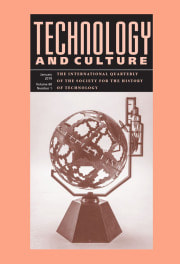Covey, Stephen R. 1990. Principle-Centered Leadership. New York, London, Toronto, Sydney, Tokyo, Singapore: Simon & Schuster.
Review by Michael Beach
This is a follow-on publication to Stephen R. Covey’s 7-Habits work, which I reviewed some time ago. Many of the principles noted in this book were referred to in the earlier work, but here they are the focus and are better organized.
Covey describes alternate life centers as “work, pleasure, friends, enemies, spouse, family, self, church, possessions, money, and so on” (Covey 1990, 21). Our principles will be grounded on our focus. These alternate centers he groups in four areas: security, guidance, wisdom, and power. Our principles influence our life centers and vice versa.
After a brief review of the 7-habits and an explanation of this life-center framework, the rest of the book in general is an expansion of each of the ideas in the framework. He divides the book into two large sections. The first he calls Person and Interpersonal Effectiveness. The second he calls Managerial and Organizational Development. Toward the end of the second section he reviews another popular framework known as Total Quality Management (TQM). One prominent author of this movement was W. Edwards Deming. Covey maps Deming’s '14 points' of TQM onto his 7 habits and his principles framework. This book is a useful companion to Covey’s earlier work, and as before, includes practical examples from different parts of life, not exclusively business.



 RSS Feed
RSS Feed